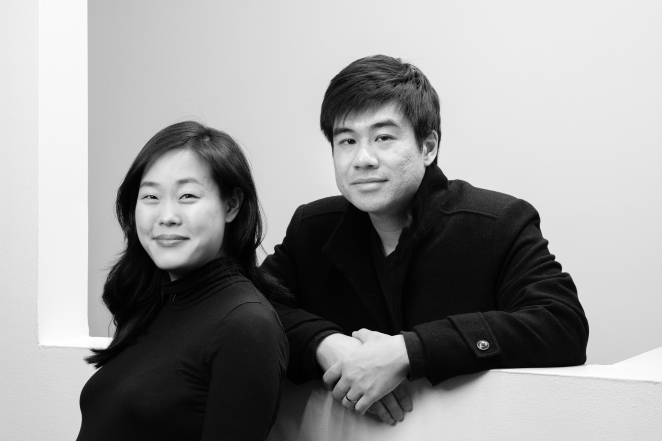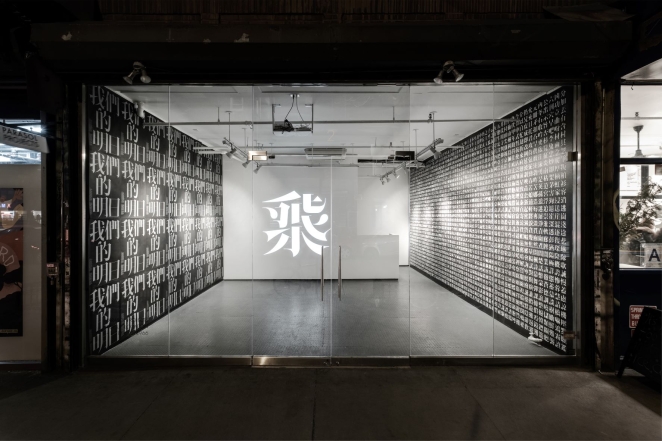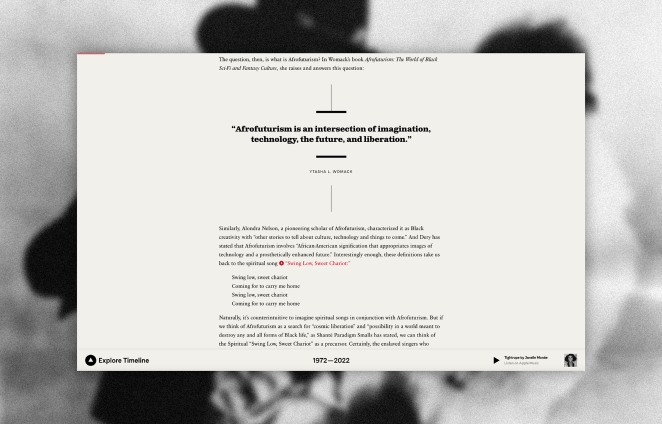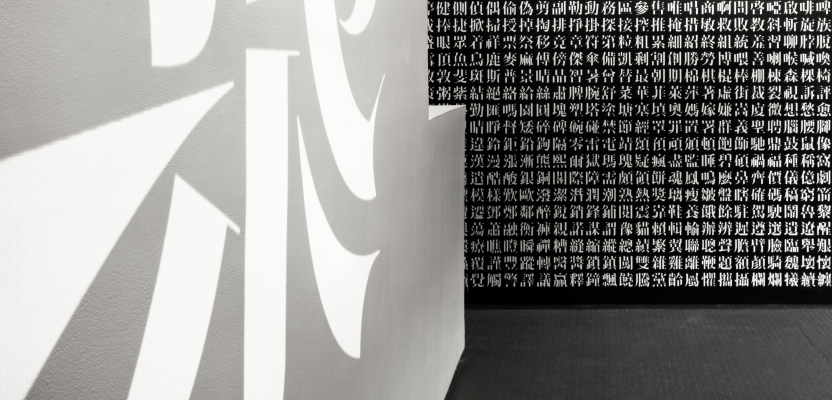Synoptic Office is an award-winning design consultancy working globally with leading cultural, civic, and business organizations to communicate ideas, build experiences, and cultivate new audiences.
Designers Caspar Lam and YuJune Park originally met and founded Synoptic Office while getting their Masters’ Degree in Fine Arts and started the NY-based practice before they had even graduated.
As researchers and professors at Parsons School of Design, YuJune and Caspar prioritise research, data activation and progression in the industry as part of the way they run Synoptic Office’s operations.
This week, YuJune and Caspar share their thoughts on how Synoptic Office was founded on the ethos of academic thinking, research, and long-term ideas to consider how the design industry is changing and moving forward.

How was your company born and where are you based?
We first began to dream of opening our own studio in grad school after our professors once commented that we should work together, spotting that we had complementary strengths as designers.
We also both saw design as a way of asking questions about the world and understanding the visual world around us. We wanted to find a way to consolidate those things into a practice where we could make work in that space while still pursuing our interests.
What was the biggest challenge to the growth of your company?
The biggest challenge has been scaling quickly enough to keep up with demand and finding the right size for our office. We’re excited for the growth, but we also love being hands-on in every part of the design process, from strategy, data structures, and client management, to design.
Which was the first huge success that you can remember?

One of our first successes was the launch of a custom Chinese typeface inspired by the Song/Ming dynasty called Ming Romantic. This project was an incredible learning experience and opened so many opportunities for international collaboration and cross-cultural design, including our editorial design for the Chinese edition of Bloomberg Markets.
What’s the biggest opportunity for you and your company in the next year?
We’re fortunate to be partnering with some amazing clients this coming year to create innovative solutions to activate their institutional archives and data in ways that connect meaningfully with audiences.
This can mean anything from crafting new ways of experiencing virtual exhibitions, down to rethinking digital learning platforms and how they engage with students in sensorial ways.
Can you explain your team’s creative process? What makes it unique?
Our creative process is deeply collaborative. We consider ourselves partners to our clients—working closely to unlock human stories, revealing these connections, and finding advanced and beautiful solutions to activate their data and archives in ways that resonate with their audiences at a personal level.
By integrating products, experiences, and spaces with data through thoughtful design, we believe organizations can extend their influence beyond physical walls and communicate in new and meaningful ways.
How does your team remain inspired and motivated?

We are unique in that we have dual careers as studio founders and educators. We both currently serve as professors of Communication Design at Parsons School of Design. Teaching allows us to ask questions about the future – where will our industry be in five, or ten-years’ time? And our studio allows us to explore possible answers to these questions in the present.
We learn from our students because we’re in a constant cultural dialogue with them about how they understand information, how they learn, and how they see the world. There’s nothing like being in a classroom to realize how much you need to keep growing. Learning is a lifelong process.
How has COVID-19 affected your company?
The pandemic was an incredibly difficult time for the world, and our studio was no exception. The one silver lining during this period was that it forced us to all reconsider and think more deeply about digital experiences and learning. How can we connect in meaningful ways while physically separated? How can we continue to transmit knowledge?
Many of our studio projects, such as Carnegie Hall’s Timeline of African American Music and Magazzino Italian Art’s new digital platform, aim to preserve cultural history and disseminate knowledge digitally in ways that create impact. The pandemic was a time to reconsider how we might do that better and to learn from the rapid innovation of the digital product community during that period.
Which agencies do you gain inspiration from? Do you have any heroes in the industry?
We are big fans of Dutch graphic designer Karel Martens. He was one of the first mentors we encountered while we were at school together. His work embodies many of the qualities we admire: an unyielding curiosity of the printed surface, the bits and bobs that make ink appear on paper, and a lifetime of unrelenting practice.
What is one tip that you would give to other agencies looking to grow?

We have always believed in over-delivering for our clients. Our studio has run by word-of-mouth recommendations. Happy clients inevitably lead to more growth.
How do you go about finding new clients/business? (Pitching, work with retainers, etc.)
We’re a bit embarrassed to admit this, but we don’t have much experience with pitching. We’ve been fortunate in that our studio’s work has all come in through word-of-mouth recommendations. Our clients have generously recommended us and our work to their peers, and we’ve grown from there.
What’s your one big hope for the future of the industry?
Our hope is that design can play an integral role in unlocking human stories through form, language, and information. Thoughtful design marries strategy and data to form in ways that reveal connections between us as people.
Do you have any websites, books or resources that you would recommend?

Hans Gremmen and WyberZeefdruk’s Serendipity is one of our all-time favourite publications.
The sheer density of ink found on these unintended posters defy the imagination, and we highly recommend for other creatives to get lost in the works. Discovered in the workshop of Paul Wyber and edited by Hans Gremmen, this collection of silkscreen prints, or ‘misprints’, were happy accidents which occurred after reusing the same sheet of paper again and again to test the first pull of a silkscreened pattern.
At Synoptic Office, much of our work in the studio lives on the screen, yet we still find ourselves wrestling with the idea of materiality. Sometimes, the only way we understand a material is to bend it until it breaks. Other times, we encounter new discoveries without a specified goal.






